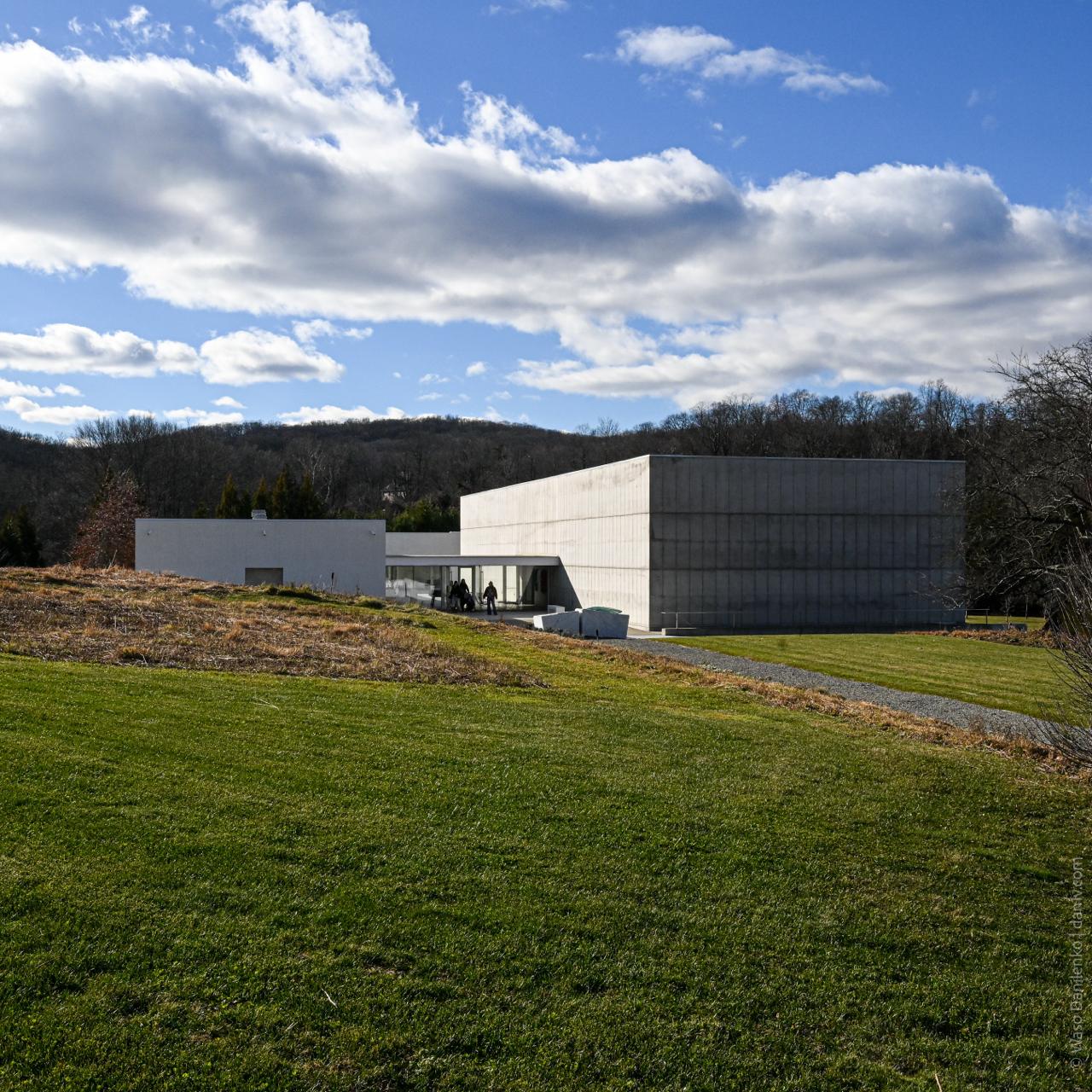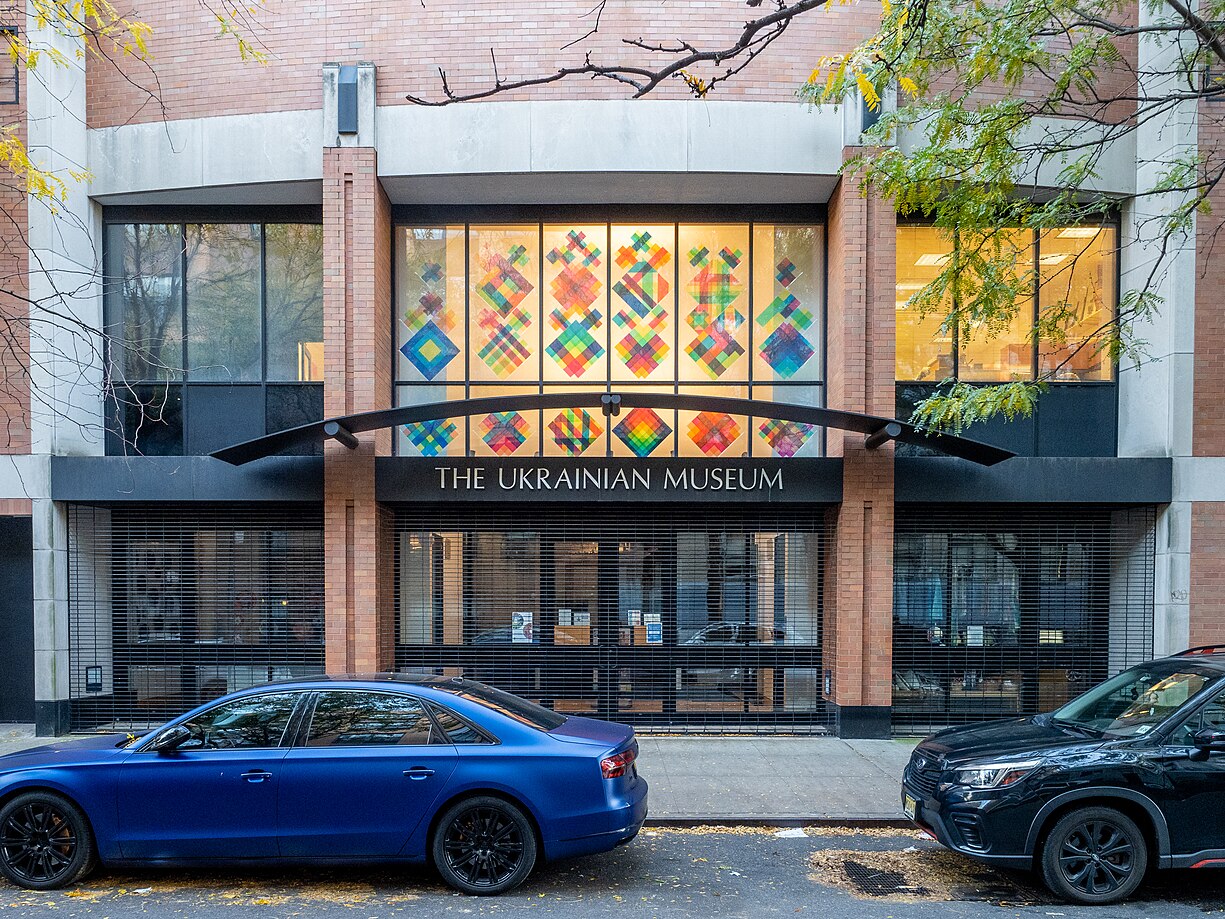The Italian American Museum (IAM) has opened its doors in the heart of Little Italy, currently in a soft opening mode: only the first and second floors are accessible to visitors, while the large underground space is still being prepared.
“We realized the need for our own museum back in 1999, when the New-York Historical Society hosted the first major exhibition dedicated to Italians in America, Italians of New York: Five Centuries of Struggle and Achievement. The exhibition was a great success, and we understood that to be part of America’s cultural dialogue, we needed a museum of our own. In 2001, we were officially registered in New York State as the first Italian museum in America,” — recalls Dr. Joseph V. Scelsa, founder and president of the museum.
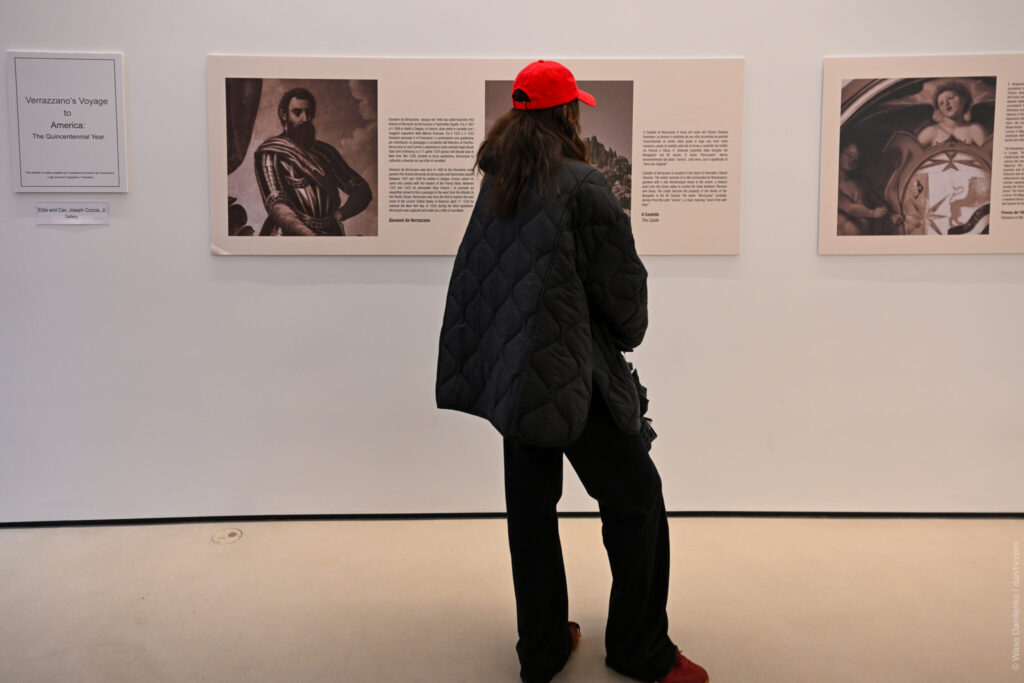
Since 2007, the museum had been housed at the corner of Mulberry and Grand Streets, inside the historic Stabile Bank building, established by Francesco Stabile in 1885. At its peak, the bank offered far more than financial services. It was a lifeline for new immigrants, connecting them with relatives in Italy. Alongside banking, it provided telegraph services, steamship tickets, import-export assistance, notary services, and mail — essentially, a hub for the community.
The museum’s new building, which has been in test-opening mode since fall 2024, has quadrupled its exhibition space, moved closer to the historic center of Italian immigration, and introduced a more modern and interactive visitor experience.
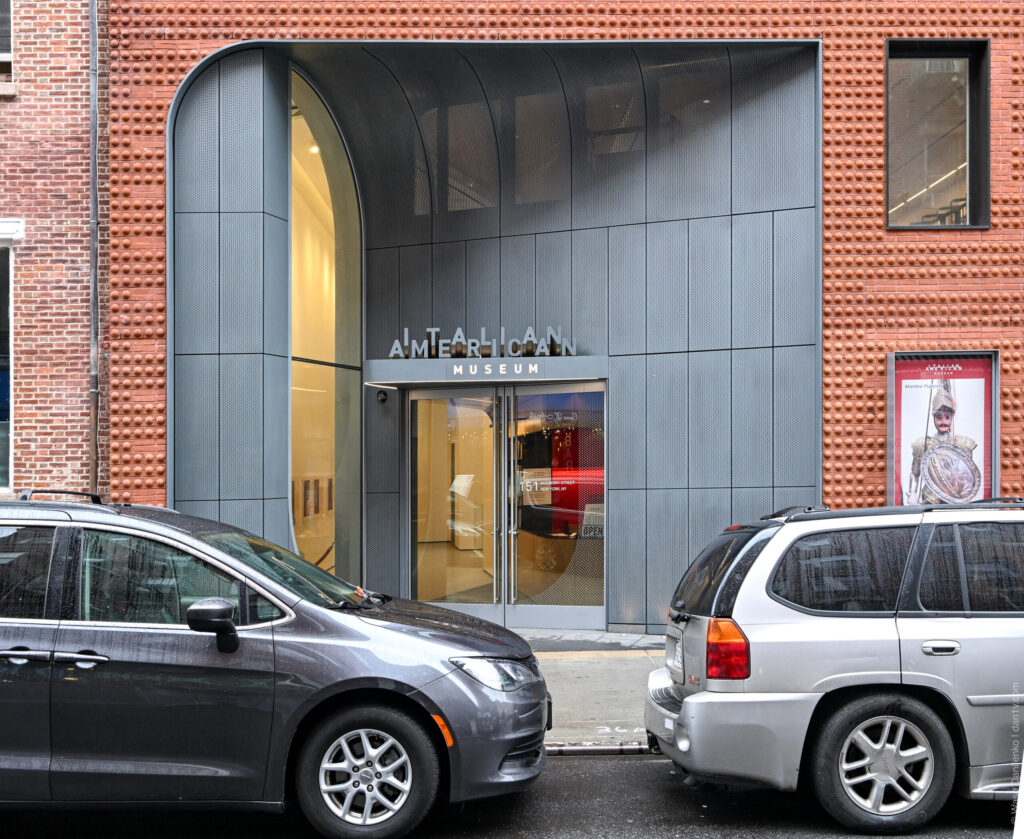
Museum Exhibits
Good Night, Maria
On the ground floor, visitors are greeted by the sculpture Good Night, Maria, depicting seamstress Maria Pulsone, who worked for more than 45 years at Saint Laurie (later known as Kozinn & Sons Merchant Tailors).
In 1984, her boss, Andy Kozinn, commissioned a plaster statue of Maria at her sewing machine, to honor the work of seamstresses. Installed in the lobby of a Broadway building, staff would greet it daily with “Good morning, Maria!” and “Good night, Maria!”
Maria, along with her husband Antonio and their 7-year-old son Nunzio, emigrated from Molise, Italy, in 1955 aboard the Andrea Doria ocean liner — which tragically sank a year later. They first settled in Rochester, NY, where Maria began working at Bond Clothiers, learning the craft of men’s tailoring. Later, they moved to Queens, where she continued her career in the garment industry.
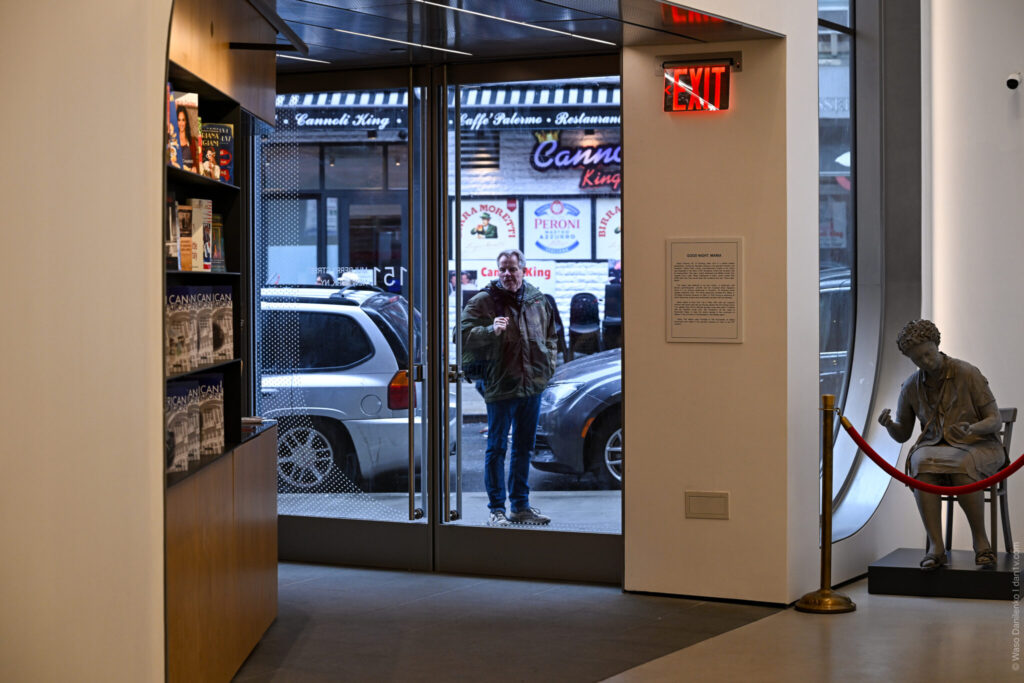
The statue was eventually lost after the company relocated, but in 2023 Maria’s granddaughter, Jennifer Pulsone Heppner, rediscovered it online in an antiques warehouse in Scranton, Pennsylvania, listed for $600. After purchasing it, the family donated it to the Italian American Museum in Little Italy, where Maria herself — at age 95 — attended the unveiling and modestly remarked: “I’m still here.”
A wall of photos and short stories complements the sculpture, telling the history of early Italians in New York — including Giovanni da Verrazzano, the first European to sail along the East Coast of North America and document New York Harbor, Brooklyn, Manhattan, and Staten Island. His name today is most familiar through the Verrazzano-Narrows Bridge, linking Brooklyn and Staten Island.

Italian “Hollywood” of the 1920s
The second floor is dedicated to Papa Manteo’s Life-Sized Marionettes, a puppet theater that for decades entertained thousands of Italian immigrants.
Agrippino Manteo, born in 1884 in Grammichele, Sicily, emigrated with his family to New York in 1919. He soon opened a theater on Mulberry Street, offering Sicilian epics brought to life through giant marionettes. The performances became wildly popular among Italian immigrants, who lined up to see shows such as The Evening of Orlando or The Battle of the Paladins.

One of Manteo’s puppets even appeared in The Godfather Part II. But these weren’t just stage props — they were vessels of cultural memory, carrying traditions across the ocean.
The collection includes 32 marionettes, each handcrafted from wood and metal, standing up to 1.2 meters tall and weighing more than 100 pounds. They represent characters from epic poems, such as Ludovico Ariosto’s Orlando Furioso.
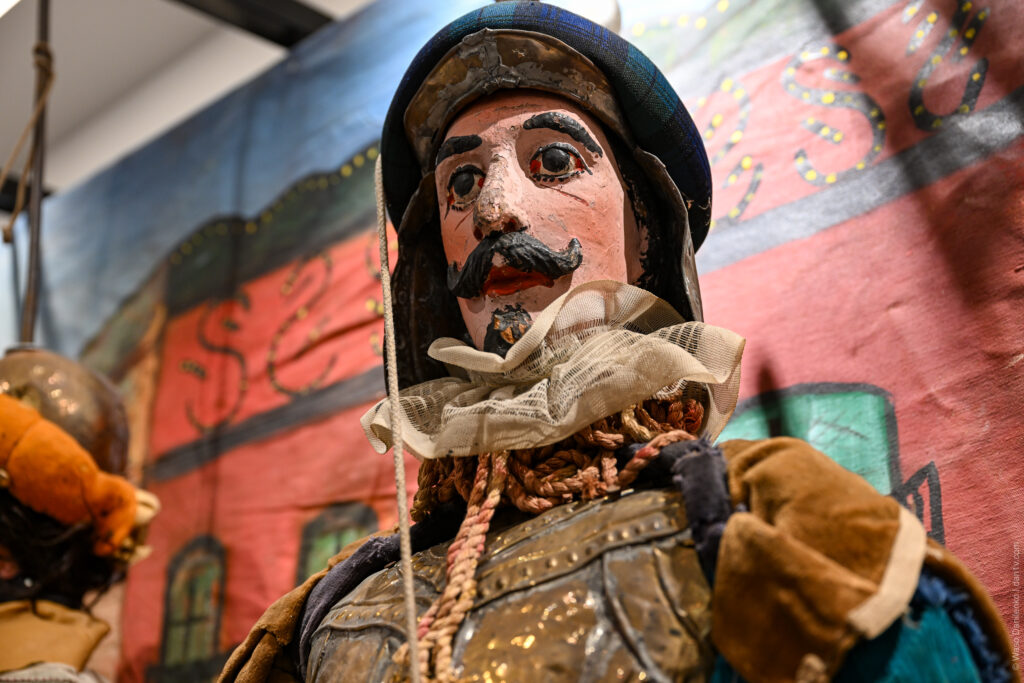
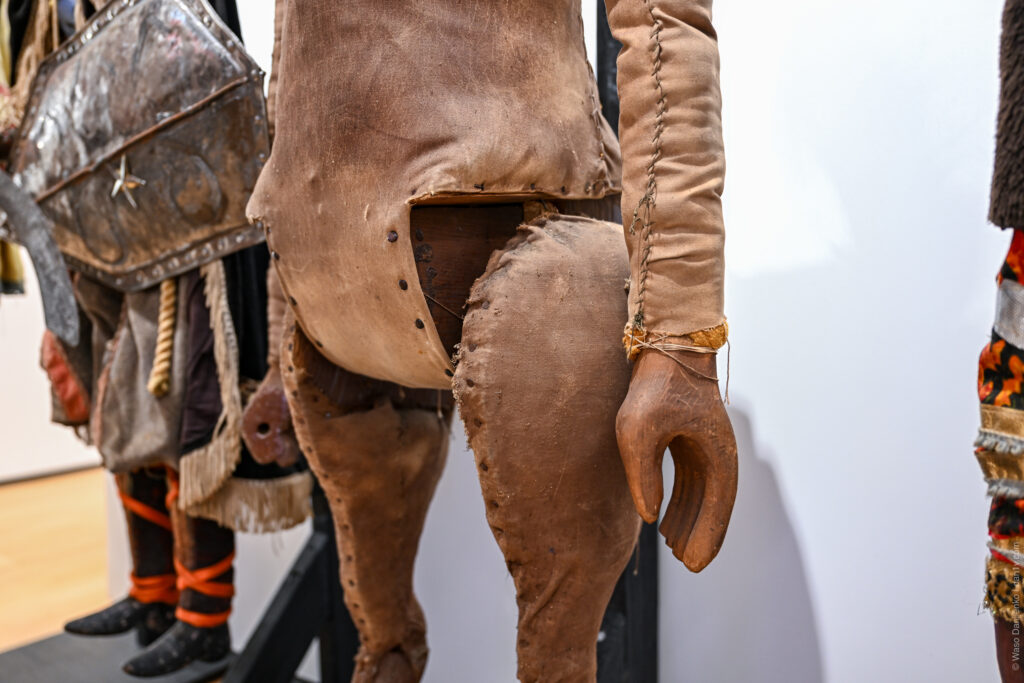
Papa Manteo’s theater became a kind of “homegrown Hollywood” for Little Italy. Agrippino himself was not only a puppeteer but also an artist, craftsman, and director rolled into one.
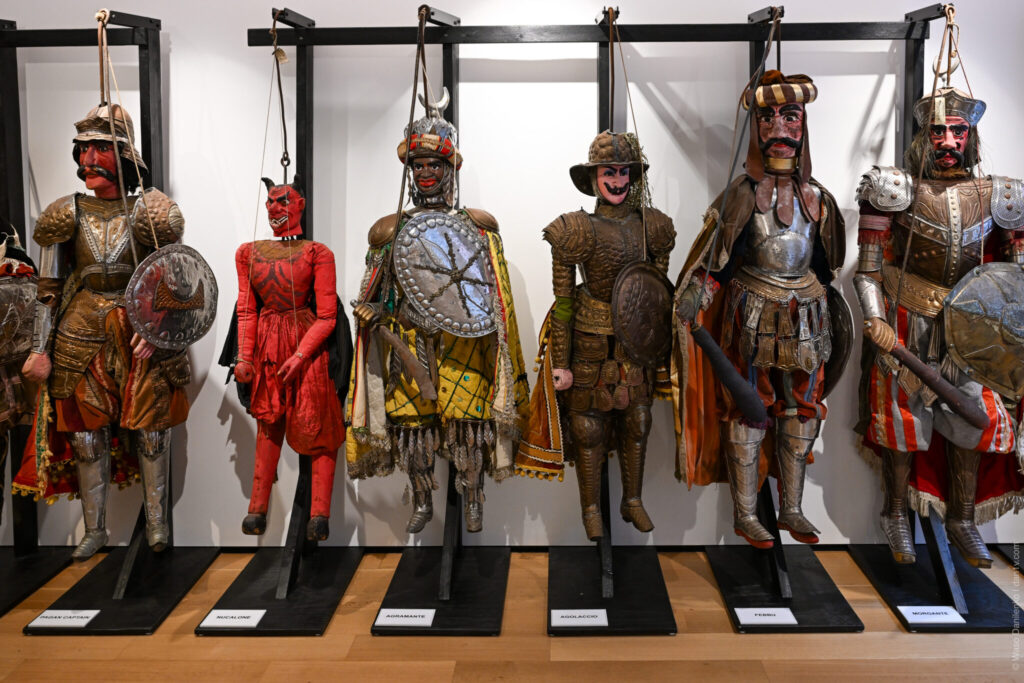
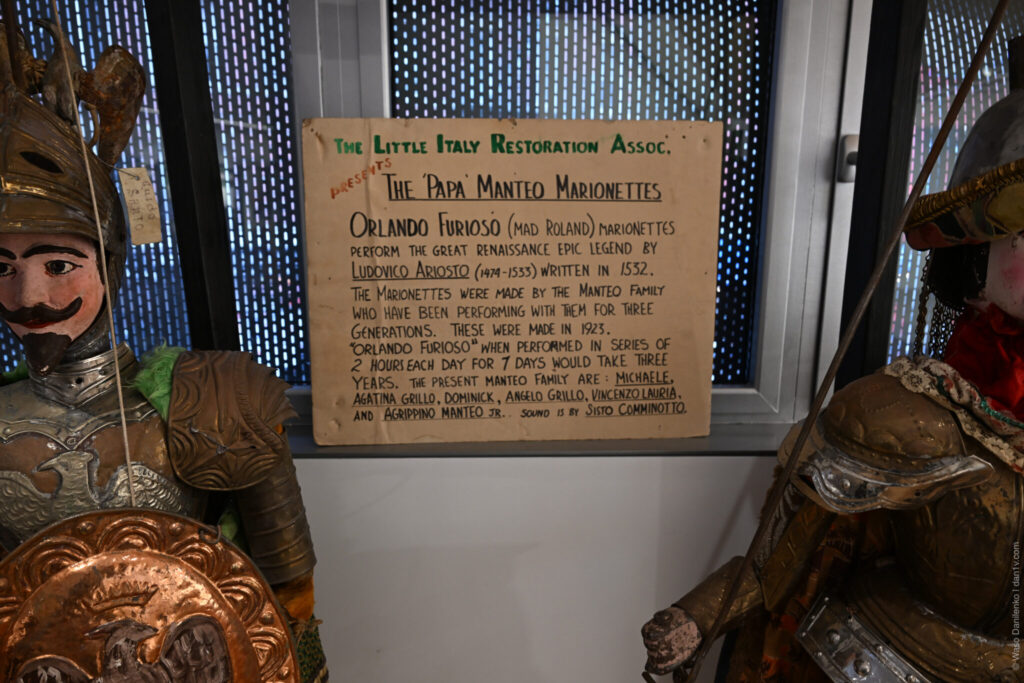
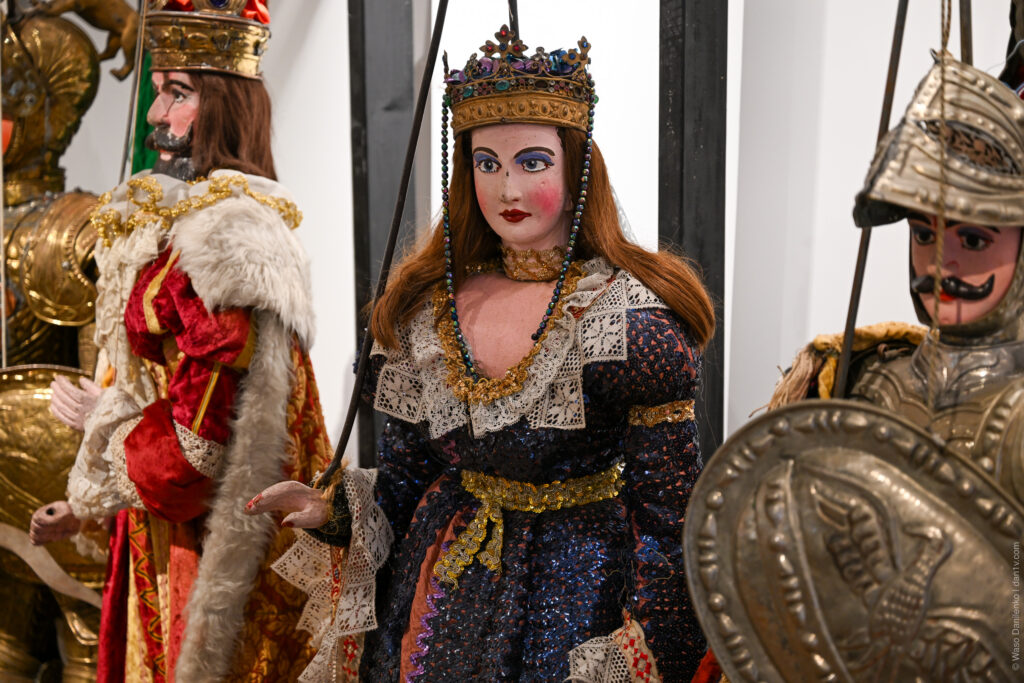

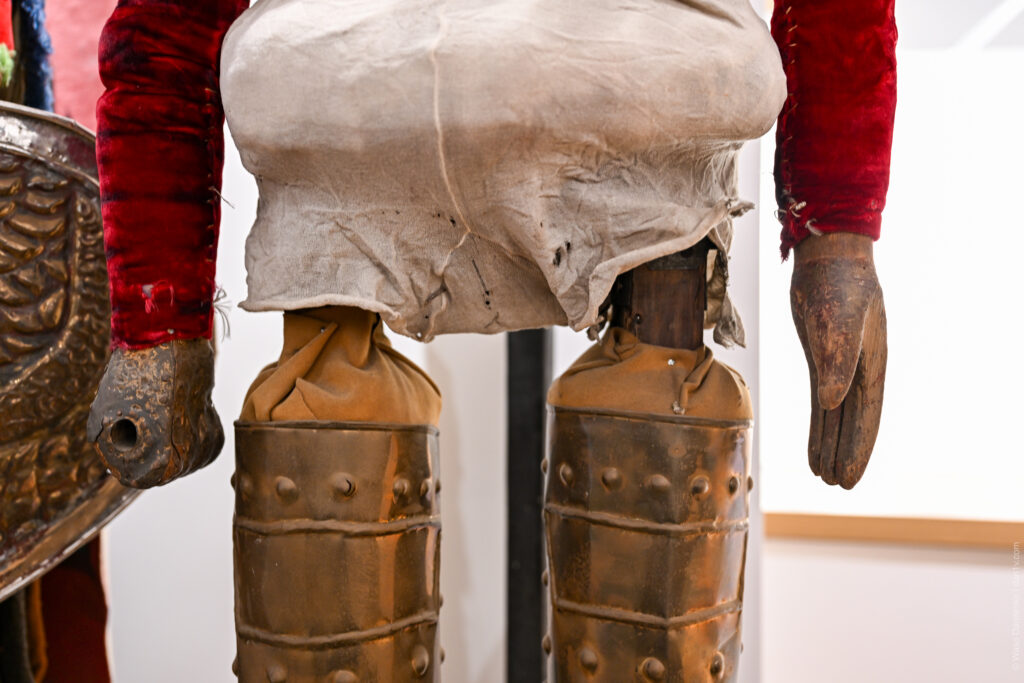
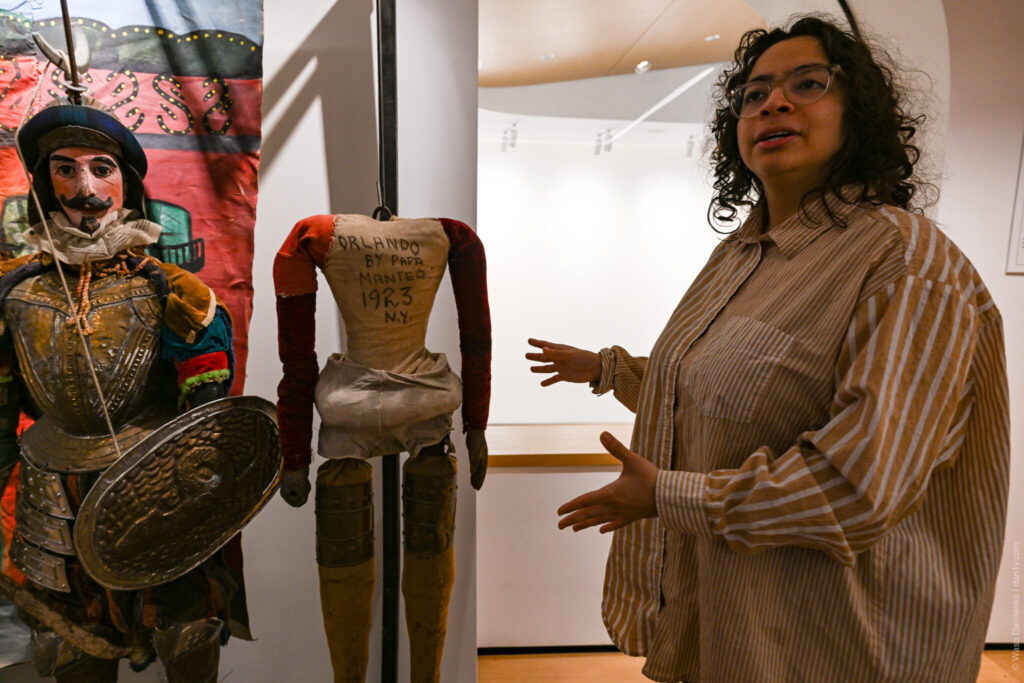
The Italian American Museum Today
In summer 2025, the museum plans to launch a permanent exhibition dedicated to Italian American history from the 19th century to the present. It will feature five interactive sections and thousands of artifacts showcasing the struggles, achievements, and cultural heritage of the Italian diaspora in the United States.
The museum also offers walking tours of Little Italy, with a bonus: every tour participant receives a voucher for free museum admission.
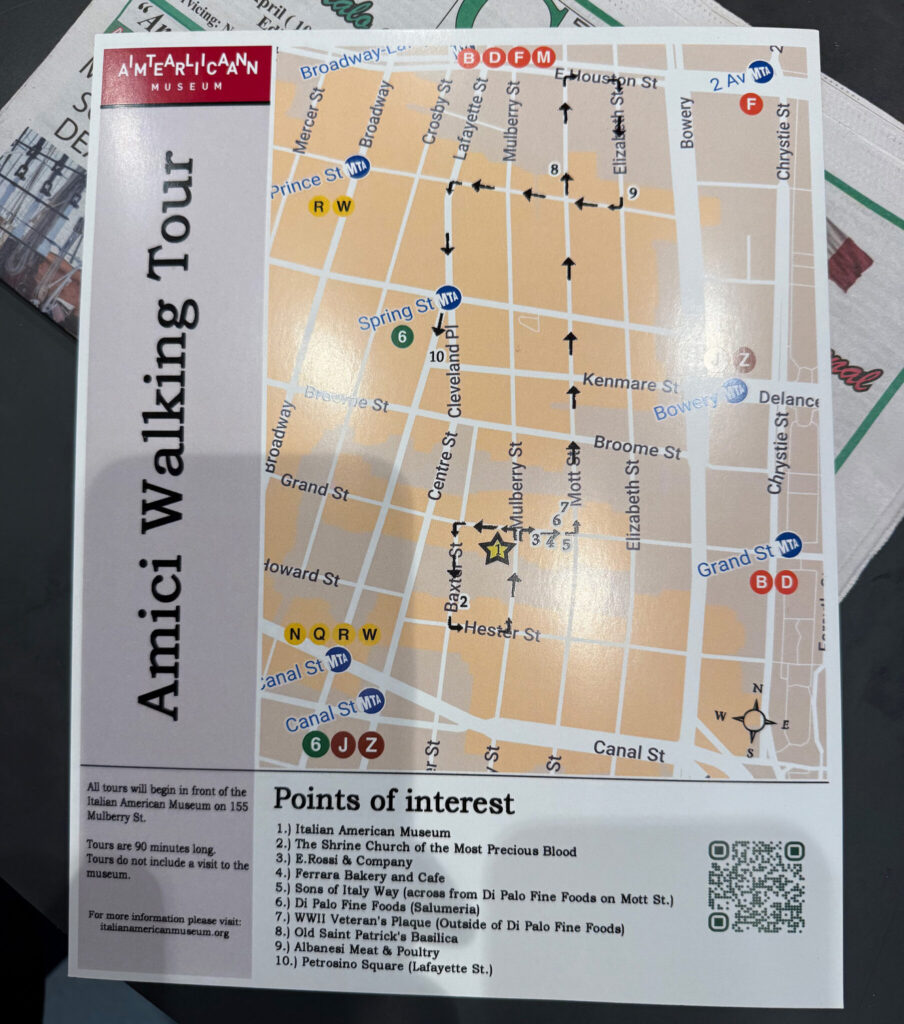
Visitor Information
Website: www.italianamericanmuseum.org
Admission: $15
📍 Address: 151 Mulberry St, New York, NY 10013




